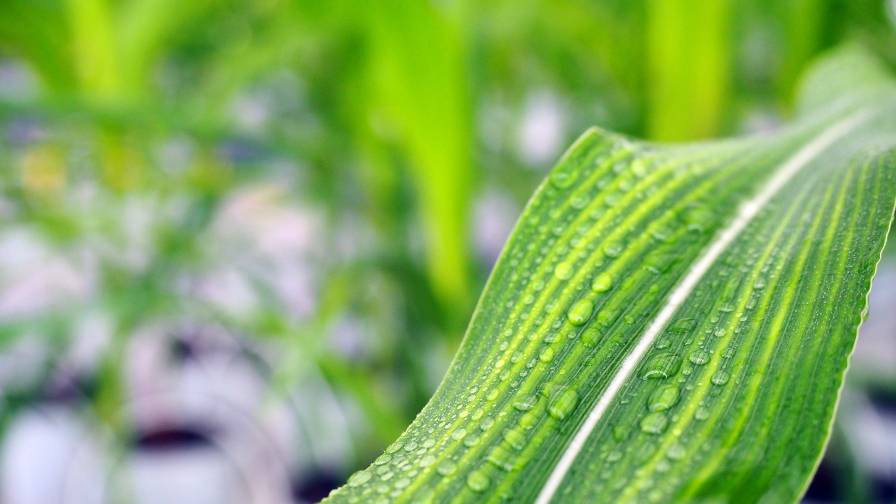Food Security Hinges On Developing Economies
The global food outlook has taken a rollercoaster ride during the past few years. The world has seen record grain stocks earlier this decade followed by food riots followed by wholesale hoarding once again. A series of 100-year droughts have plagued several parts of the world, including last year in Argentina and this year in Russia.
Adding to the turmoil is the worst global economy since the 1930s and wildly fluctuating commodity prices, especially oil. By and large, 2010 has ushered in a period of reasonable stability in commodity prices, and analysts expect modest gains in production, commodity prices and consumption through the next decade, according to the Food and Agriculture Organization’s “Agricultural Outlook 2010-2019”.
Much of the growth in production is expected to be generated by developing countries. Least-developed countries (LDCs) have shown the largest percentage growth in production, consumption and import trends. Brazil is projected to be the fastest growing agriculture producer with about 40% growth by 2019 compared to a 2007-09 base period. Russia and Ukraine are expected to rise 26% and 29%, respectively. China is expected to escalate production 26% during the same period, and India could expand its capacity 21%.
On average, BRIC countries are expected to expand food production about 27%, while LDCs are expected to expand production 33%. Australia is projected to post strong gains, and the US and Canada are expected to grow 10% to 15% by 2019 using the same 2007-09 base period. Comparatively, EU member states will grow about 4%.
Commodities and Consumption
After a wild ride for commodity prices in 2008, prices have been relatively stable in the past 18 months, with the exception of recent developments with wheat. Although most analysts believe there will be both real and nominal growth in commodity prices during the next 10 years, they are still expected to be below the 2007/08 levels, according to the report. In the cases of wheat and rice, prices are expected to be about half of their peak prices from 2008.
Even after adjusted for inflation, prices in real terms will fall below their 2007/08 peaks, but they will rise steadily in the coming years. These projections mirror noncrop commodities, such as oil, which are not expected to reach the real value of the 2008 peak, but will still grow by healthy levels, showing an increase of 114% growth compared to the average level seen in 1997 through 2006.
Like production, much of the growth in consumption will be driven by developing and emerging economies as per capita incomes grow. Also, the trend toward more people living in urban centers — half of the world’s population live in cities for the first time in history — will create a more diverse demand for food and a diet dependant on animal proteins, fruits and vegetables.
For crop products, emerging and developing economies will almost double their consumption of vegetable oils and protein meal, and demand for sugar is expected to increase by almost one-third. Vegetable oils will be in greater demand for developed countries as well, estimating a 28% rise in consumption. Animal-based proteins could offer widespread opportunity for those who raise grains for animal feed, as developing and emerging economies will demand 38% more poultry, butter and whole milk powder.
Commodity Markets
Prices for wheat are expected to rise modestly, tempered by increased production, more stable commodity prices and better yields. The report predicts a 3% rise in real value for wheat, but other coarse grains, including corn, could remain flat in real value. The good news for grain producers and those who sell their products to grain farmers is that demand is expected to stay strong, and overall production for wheat and coarse grains is expected to rise 14% and 19%, respectively.
Rice, although expected to follow a similar price pattern due to stagnant consumption, is expected to rise in production 15% — to 522 million tonnes — due in part to an 18% rise in inventories.
Oil seeds and derived products have shown strong price increases in 2010, and price structures are expected to stay strong during the outlook period because of increased consumption in developing and emerging economies. The relative projected stability and strong value of crude oil is also expected to result in a gradual strengthening of the price of vegetable oils. Production is expected to rise 40% globally to meet demand.
Sugar has enjoyed a relatively stable plight since 2007 compared to other commodities until earlier this year, when sugar prices hit a 29-year high due to supply shortfalls as a result of poor weather in Brazil and India. Many countries have decided to bolster their production in response to the high prices, and world production is expected to rise by almost one-quarter during the outlook period.






